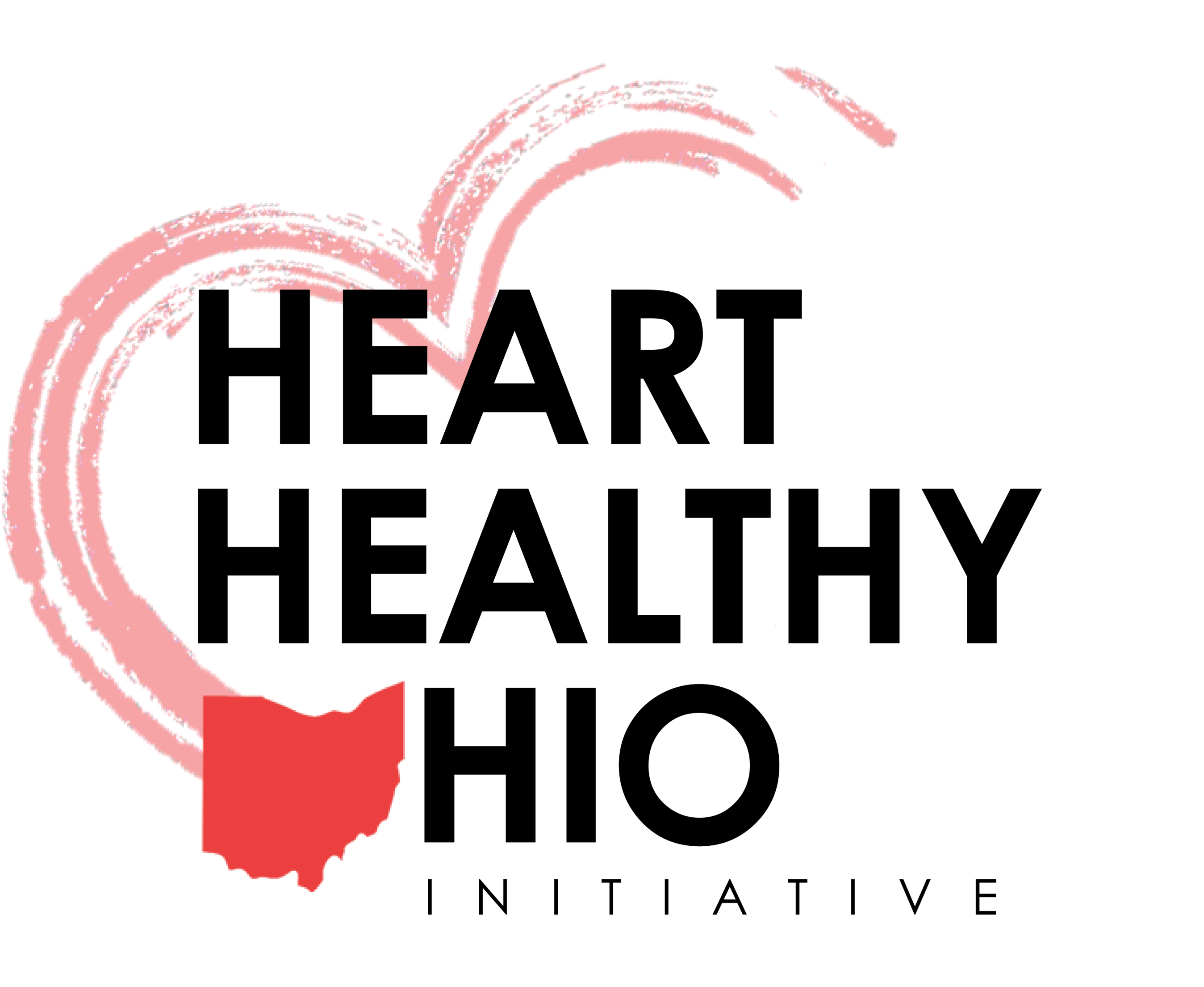Beyond improving patient experience, improving communication skills has shown promising results on patient outcomes (such as blood pressure control) among diverse populations. Sharing and discussing the articles and links below with staff and providers at your clinic may assist in improving communication.
Communicating With Patients Around Blood Pressure Risk
People often do not recognize the risk elevated blood pressure has on their health, and may not understand that even a few mmHg drop in blood pressure can have a significant positive impact on health outcomes. This resource may help providers communicate this important information with patients after assessing a patient’s understanding of the risks.
Resource 1: Communication with Patients Around Blood Pressure Risk
General Communication Practices of Physicians with High Patient-Satisfaction Ratings
Resource 2: This article from Kaiser Permanente by Tallman et al. describes the following provider strategies which were associated with higher patient satisfaction scores:
• Identify and focus on patient’s agenda by asking why they are here to see you today
• Draw out the story with open-ended questions
• Demonstrate listening and understanding, such as responding empathetically and showing caring. An effective verbal strategy might include repeating back and recognizing a patient’s concerns. Effective nonverbal strategies include sitting down, leaning in toward the patient, nodding, and eye contact
• Provide detailed explanations of the clinical problem and offer a few choices in treatment options where possible
• Complete the patient’s agenda, including delivering what was promised or negotiating to address some less pressing concerns later
Health Literacy
Poor health literacy is a stronger predictor of a person’s health than age, income, employment status, education level, and race. The resource below could be used in a 20-30 minute session with your practice team to discuss ways to address health literacy in your practice.
Resource 3: Talking with Your Team About Health Literacy (Cardi-OH)
Motivational Interviewing
“Motivational interviewing is a collaborative, goal-oriented style of communication with particular attention to the language of change. It is designed to strengthen personal motivation for and commitment to a specific goal by eliciting and exploring the person’s own reasons for change within an atmosphere of acceptance and compassion.” (Miller & Rollnick, 2013, p. 29)
Resource 4: Principles of Motivational Interviewing (Cardi-OH)
Resource 5: Clinicians Pocket Guide on Motivational Interviewing (Cardi-OH)
Culturally and Linguistically Appropriate Care
Culturally and linguistically appropriate care are a set of congruent behaviors, attitudes, and policies that come together in a system, agency, or among professionals that enables effective work in cross-cultural situations.
Resource 6: Training resources can be found at thinkculturalhealth.hhs.gov
Implicit Bias
Implicit bias refers to the attitudes or stereotypes that affect understanding, actions, and decisions in an unconscious manner. Take the implicit bias test to increase your awareness of your biases.
Resource 7: The negative impact of implicit bias may be reduced by standardizing treatment protocols (i.e., treatment protocols, timely follow up, outreach, 5As) as recommended in this toolkit.
Resource 8: Additional resources to reduce implicit bias can be found at the American Academy of Family Physicians website
